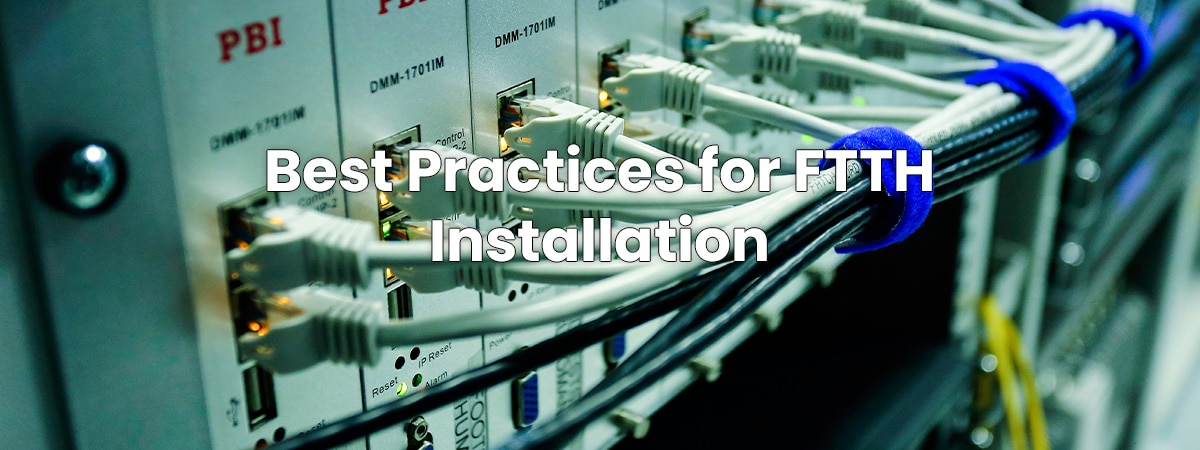Fiber-to-the-home (FTTH) is a relatively new technology that is rapidly gaining popularity in the telecommunications industry. FTTH offers much faster internet speeds than traditional cable and DSL connections and can deliver speeds up to 1Gbps. However, installing FTTH can be a complicated process and requires specialized knowledge and tools. Therefore, it is important to follow best practices when installing FTTH to ensure a successful and reliable installation. In this article, we will explore some of the best practices for FTTH installation.
Pre-Installation Planning
Before beginning the installation process, it is important to plan ahead and be prepared. The first step is to identify the location of the fiber connection point and the route of the fiber cable. It is also important to ensure that the necessary tools and materials are available and ready to be used. This includes fiber cable, a fiber splicing tool, and a power meter.
Safety
Safety should always be a top priority when installing FTTH. The installer should be aware of any potential hazards, such as exposed electrical wires or other hazardous materials. In addition, it is important to ensure that the fiber cable is installed in a safe and secure manner, away from any potential damage.
Quality of Installation
It is important to ensure that the FTTH installation is done correctly and up to industry standards. This includes checking the fiber cable for any damage or defects, as well as ensuring that it is properly spliced and securely connected. In addition, the installer should check the power level to ensure that it meets the requirements of the FTTH system.
Testing
After the installation is complete, it is important to test the system to ensure that it is working properly. This includes testing the connection speed and checking for any latency issues. It is also important to test the system for any potential security vulnerabilities.
Maintenance
Finally, it is important to ensure that the FTTH system is maintained on a regular basis. This includes inspecting the system for any potential issues, as well as replacing any damaged or worn parts. This will help to ensure that the system is running smoothly and efficiently.
Conclusion
Installing FTTH can be a complicated process and requires specialized knowledge and tools. Therefore, it is important to follow best practices for FTTH installation to ensure a successful and reliable installation. This includes pre-installation planning, safety, quality of installation, testing, and maintenance. Following these best practices will help to ensure that the FTTH system is installed correctly and is running optimally.
